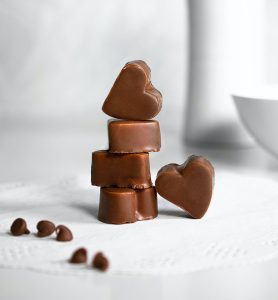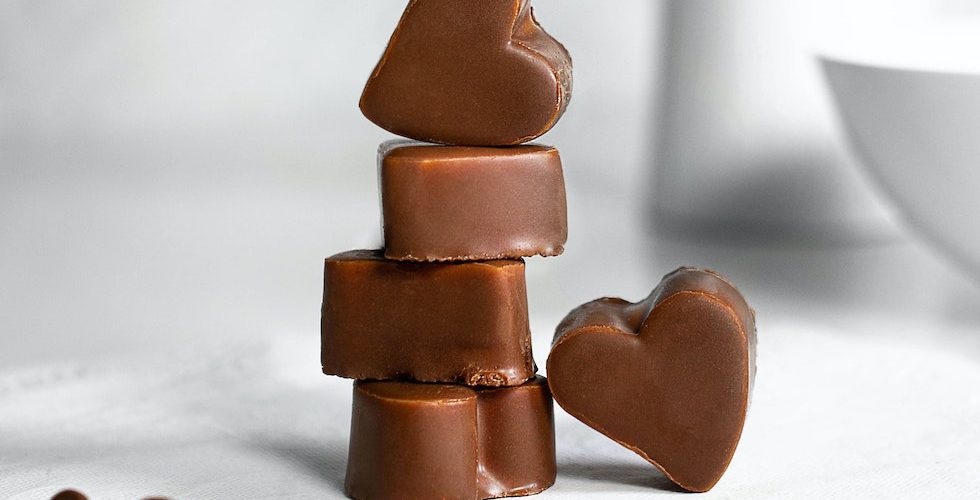 We love chocolate – but why do we associate it so much with love, especially around Valentine’s Day?
We love chocolate – but why do we associate it so much with love, especially around Valentine’s Day?
A few reasons, according to conventional wisdom and some (not entirely conclusive) scientific research. Chocolate has two components, phenethylamine, and tryptophan, that are relevant to brain function and love.
“The former is a stimulant that is released in the brain when we fall in love, while the latter helps to produce serotonin, a brain chemical associated with elevated moods and sexual arousal,” says a PBS guide to aphrodisiacs. “In addition to all of this, the sweet taste and velvety texture of chocolate make for a very satisfying dessert.”
Chocolate’s history is rich with romance and arousal, as well. Even Casanova talks about chocolate in his memoirs, recounting how it helped him maintain his… popularity.
It remains a popular favorite for showing romantic love. Nowadays, Americans alone spend $2 billion on chocolates every Valentine’s Day, according to the National Retail Federation.
We won’t argue over a little sweet indulgence once in a while. Just keep it in moderation, since many chocolate treats tend to be packed with sugar and fat.
And don’t forget some other popular “romantic” foods, like strawberries, oysters, and avocado. They’re said to have some dietary association with libido, sexual function, and reproduction, as well.
But remember: Watch out for too much alcohol and saturated fat. You want to stay lean and keep the heart strong for healthy loving all year long.
Holly Kouvo is a personal trainer, functional aging specialist, senior fitness specialist, brain health trainer, writer, and speaker.

